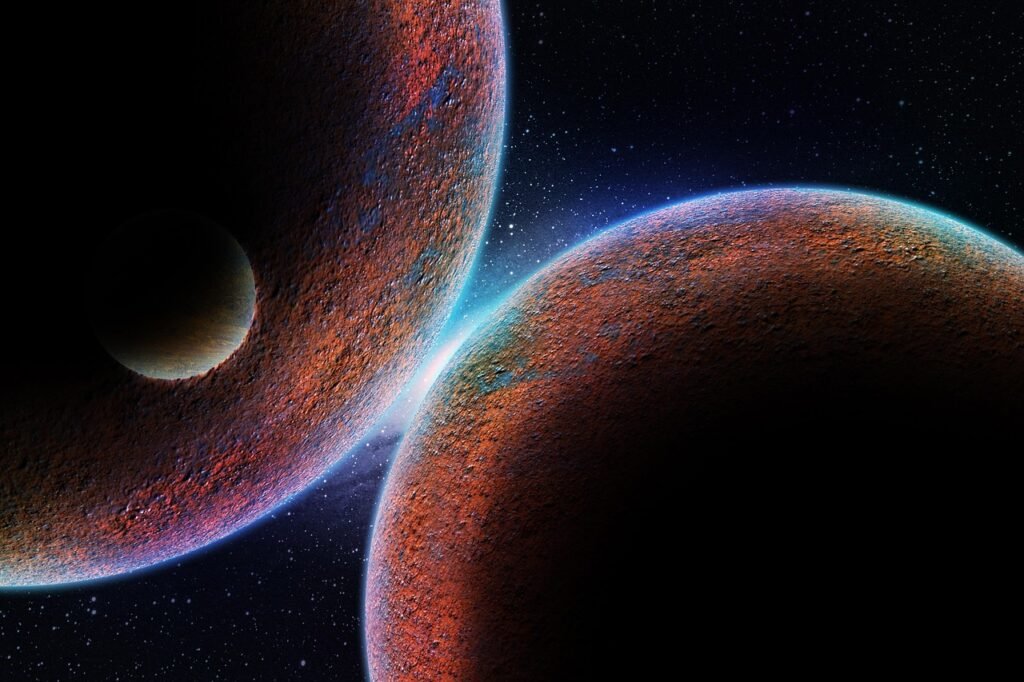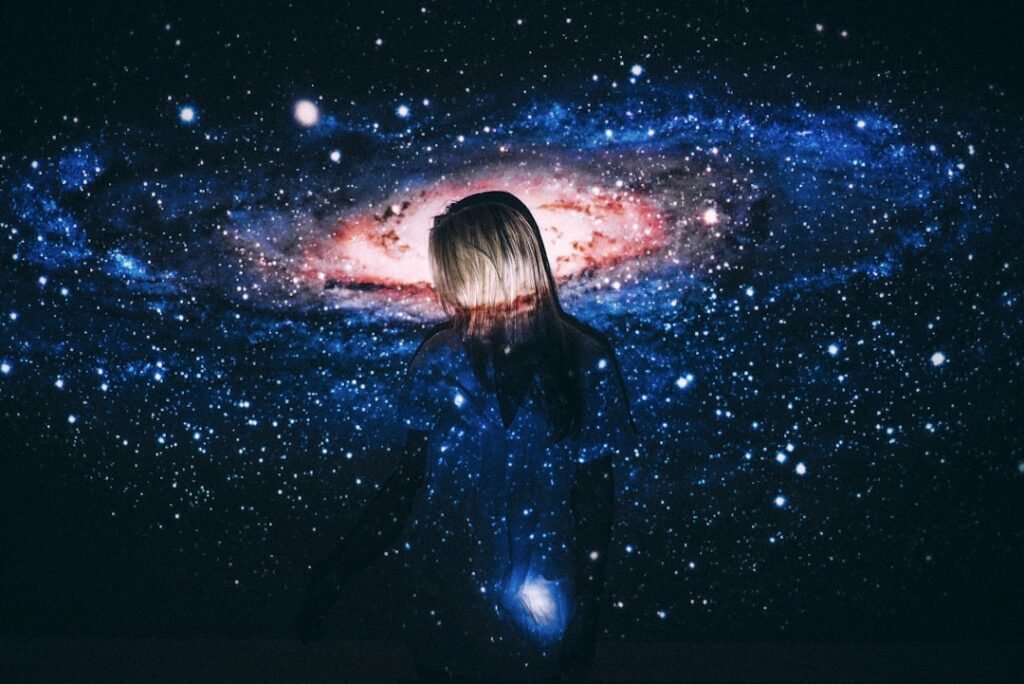Imagine plunging into the inky blackness of the deep sea, where sunlight fades and the world transforms into an otherworldly stage. Suddenly, a flash of green or blue light dances before your eyes—a living creature illuminating its own darkness. This isn’t the plot of a science fiction movie. It’s one of nature’s most mesmerizing secrets: bioluminescence. From glowing jellyfish to fireflies lighting up summer nights, the ability of animals to make their own light is both enchanting and mysterious. But why do they glow, and what makes this biological magic possible?
The Magic of Bioluminescence Unveiled
Bioluminescence is not just a trick of the eye—it is a real chemical reaction taking place inside living bodies. This glowing phenomenon occurs when a molecule called luciferin reacts with oxygen, catalyzed by an enzyme known as luciferase. The result? A burst of visible light. These reactions are often tightly regulated inside the animal, allowing them to turn their light on or off as needed. What might seem like a gentle glow to us is an essential tool for survival down in the dark. The spectacle of bioluminescence is nature’s way of showing that sometimes, the most extraordinary things happen where we least expect them.
Diving into the Genetics: Where Light Begins
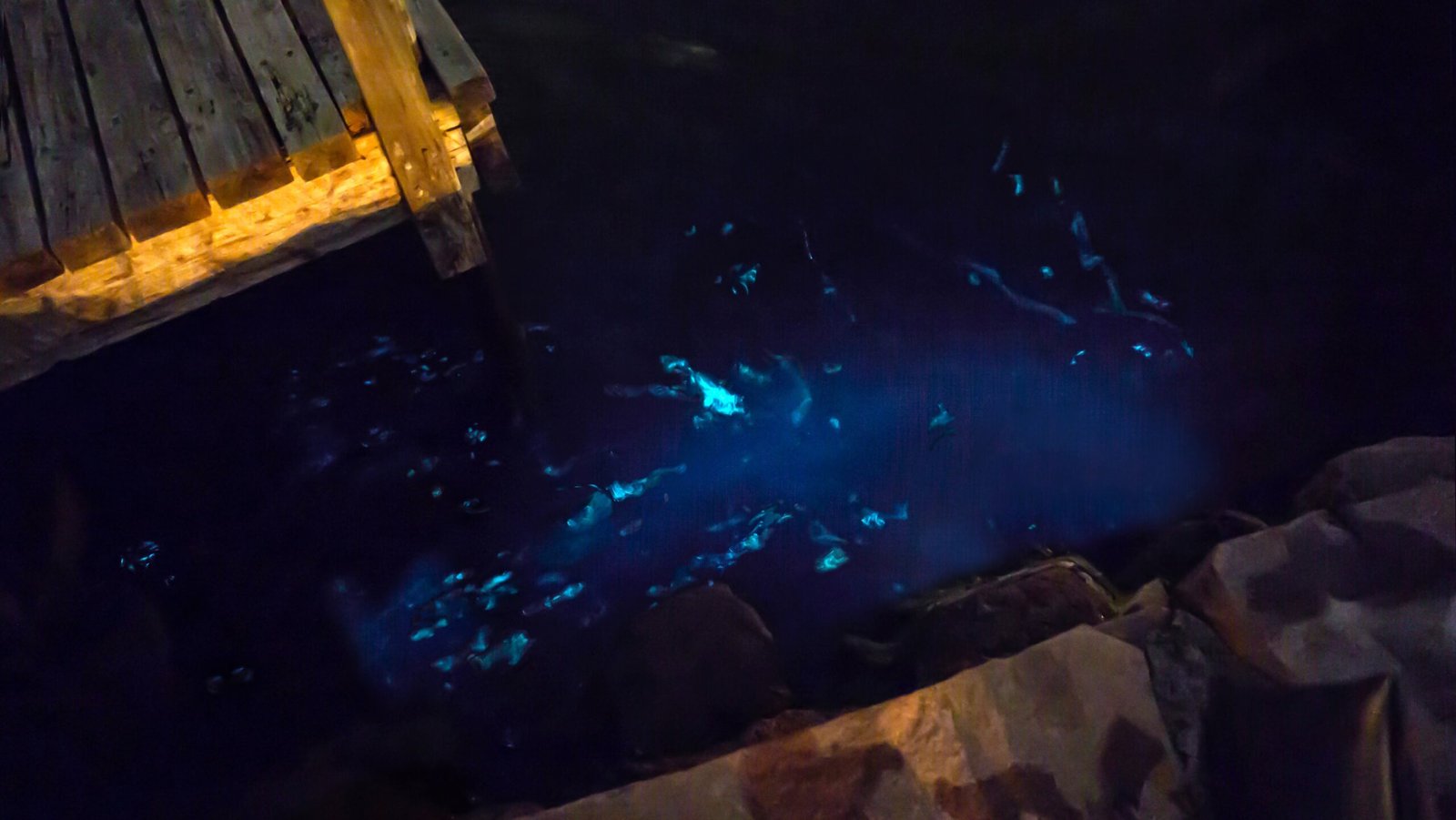
The true secret of bioluminescence lies deep within the genetic code of these glowing creatures. Specific genes are responsible for producing the luciferin molecule and the luciferase enzyme, and the blueprints for these can be passed down through generations. Some animals even pick up their glowing abilities by absorbing genes from other organisms—a process called horizontal gene transfer. This genetic recipe has evolved in different species independently, meaning there isn’t just one way to glow. It’s as if nature rewrote the rules, allowing light to emerge from the darkness again and again.
Who Glows and Why? The Diversity of Luminous Life
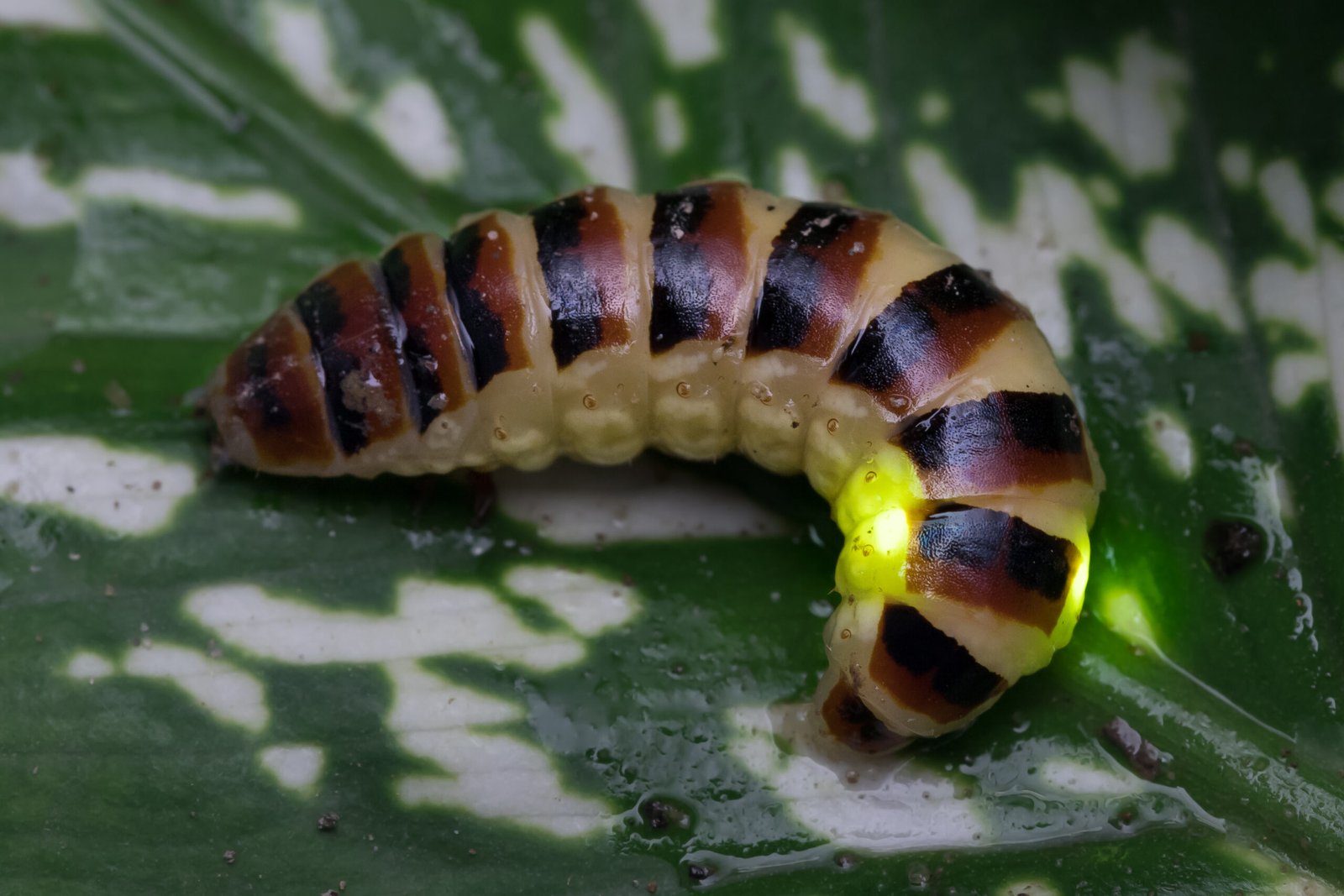
You might be surprised at how many creatures light up the world. Deep-sea fish, jellyfish, certain types of squid and shrimp, and even some fungi and bacteria possess the genes for bioluminescence. On land, fireflies are the most famous glow-makers, but some mushrooms and millipedes also shimmer in the night. Each species uses its glow for different reasons—some to attract mates, others to lure prey, and still others to warn off hungry predators. The glowing world is as diverse as it is dazzling, with each species writing its own luminous story.
A Matter of Survival: Light as a Lifeline
For many glowing animals, bioluminescence is a matter of life and death. In the pitch-black abyss of the ocean, creating light can mean the difference between finding dinner or becoming dinner. Some deep-sea fish use glowing lures to attract smaller fish, snapping them up in a flash. Others flash their lights to confuse predators and escape in the chaos. For fireflies, glowing signals are a language of love, helping them find their perfect match on warm summer nights. Light, in these cases, is a lifeline—a tool evolved for survival.
Glowing Chemistry: How Animals Make Their Own Light
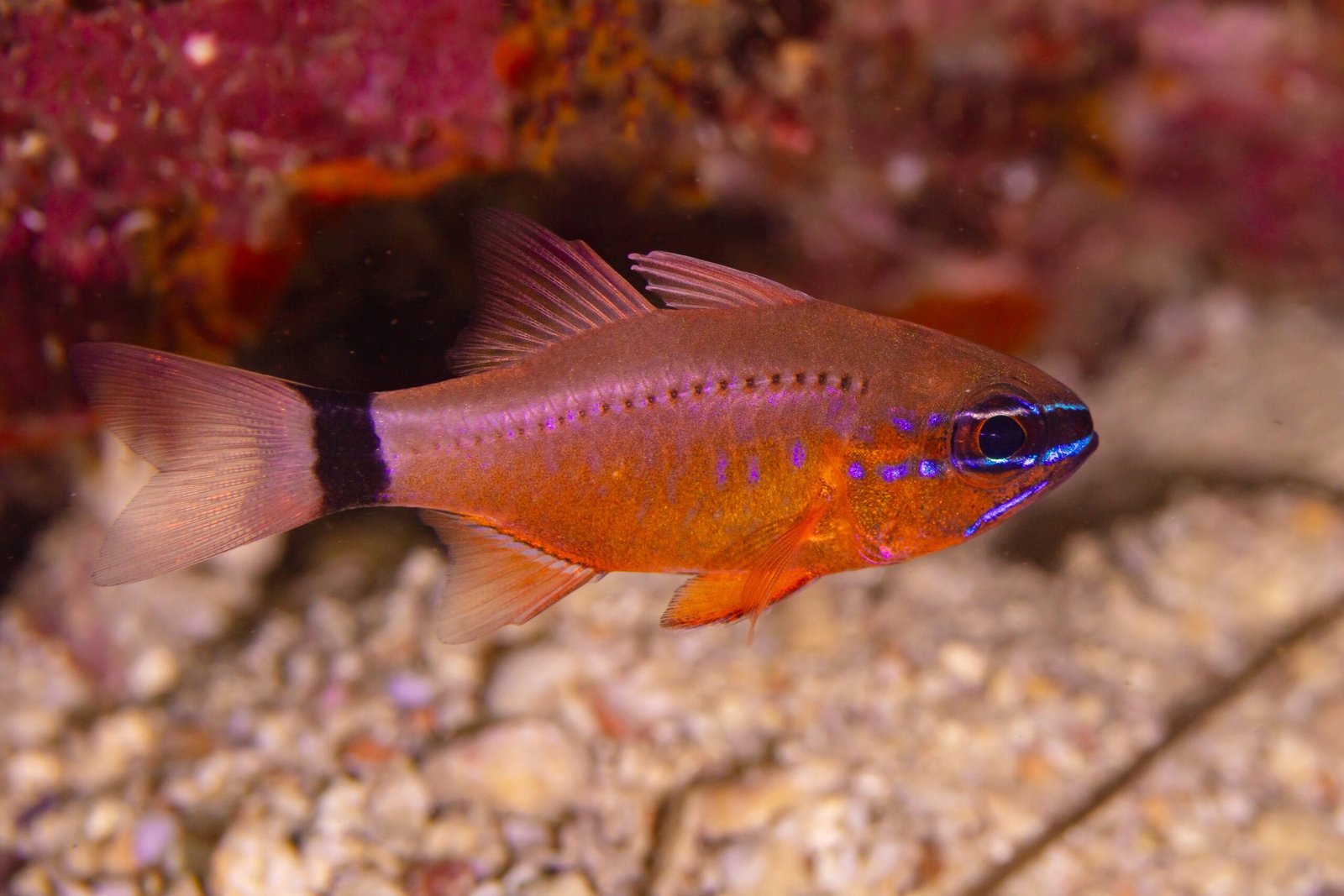
At the heart of every glow lies a chemical dance. The combination of luciferin and luciferase creates a reaction that releases energy as light instead of heat. In some cases, animals use different versions of these chemicals, leading to a rainbow of colors from blue-green to red. Some species even borrow glowing bacteria, housing them in special organs to produce light. These partnerships can be so tight that without their bacteria, some animals would never shine at all. Each glowing creature has its own unique recipe for radiance.
Evolutionary Wonders: How Bioluminescence Emerged
The story of bioluminescence is one of evolutionary innovation and adaptation. Scientists believe bioluminescence evolved independently at least 40 times across the tree of life. In some lineages, such as certain deep-sea fish, the genes for glowing are ancient, passed down over millions of years. In others, bioluminescence is a relatively new addition. This repeated emergence shows how valuable light can be in the struggle for survival. It’s a reminder that evolution doesn’t just shape bodies—it can spark light in the darkest places.
The Deep Sea: A World Awash with Living Light
Nowhere is bioluminescence more spectacular than in the deep ocean. Here, nearly 90% of the animals are believed to have some form of bioluminescence. In this sunless world, flashes, glows, and twinkles are everywhere, turning the deep sea into a living light show. Creatures like the anglerfish use glowing lures to hunt, while others release clouds of glowing chemicals to distract predators. The sheer abundance and variety of glowing life forms make the deep ocean one of the most magical and mysterious habitats on our planet.
Communication in the Dark: Signals and Warnings
Light isn’t just for show—it’s a powerful form of communication. Many marine animals use flashes or steady glows to talk to one another in the darkness. Some species flicker their lights in patterns to send warnings or attract mates, while others use brightness or color to signal danger. These visual cues can mean everything in a world where sound and sight are limited. Even on land, fireflies use unique blinking patterns to identify themselves and find love, creating a language that can only be seen, not heard.
Borrowed Light: Symbiosis and Shared Genes
Some animals don’t make their own light at all—instead, they borrow it. Certain fish and squid host glowing bacteria inside special organs, creating a symbiotic relationship where both partners benefit. The animal gets the ability to shine, while the bacteria enjoy a safe home and plenty of food. In other cases, genes for bioluminescence have been swapped between different species. This sharing of light, whether through partnership or genetic transfer, is a testament to the ingenuity of life in the dark.
Bioluminescence on Land: Fireflies and Fungi
While the ocean boasts the greatest variety of glowing creatures, the land has its own luminous wonders. Fireflies are the best-known example, with their enchanting displays lighting up meadows and forests on warm nights. These insects use their glow to attract mates, and each species has a unique flash pattern. Some fungi also glow in the dark, their eerie green light earning them the name “foxfire.” Scientists think this might help attract insects that spread their spores, showing that even on land, light can be a powerful tool.
The Human Fascination: From Ancient Myths to Modern Science
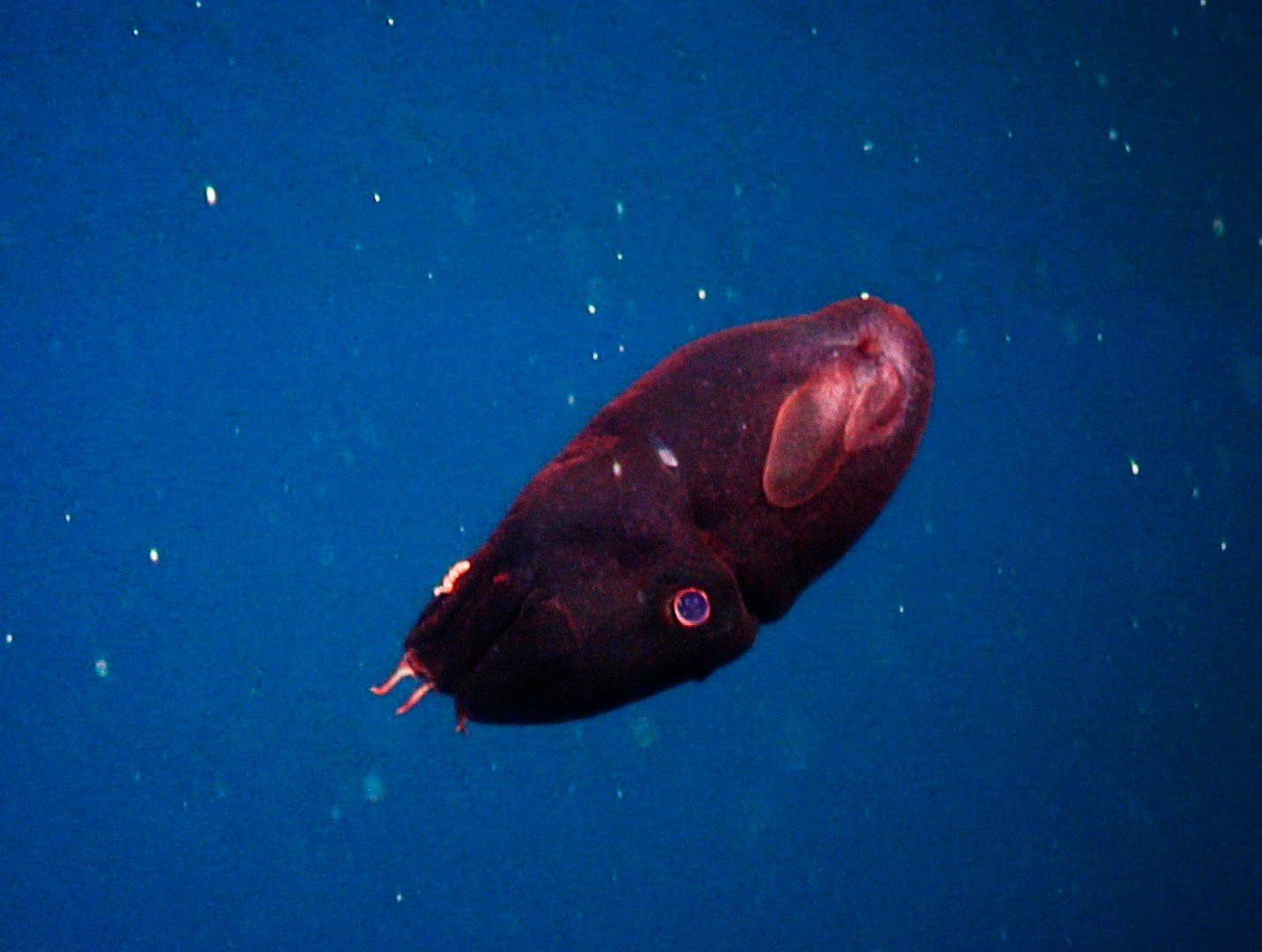
Humans have been captivated by glowing animals for centuries, weaving tales of “will-o’-the-wisps” and magical creatures into folklore. Today, scientists study bioluminescence not just for its beauty, but for its practical uses. The genes that make animals glow are now used in medical research, helping us track diseases and study cells. The wonder that began as myth has become a tool for discovery, proving that the magic of bioluminescence still inspires us.
Unlocking Nature’s Secrets: The Future of Bioluminescence Research
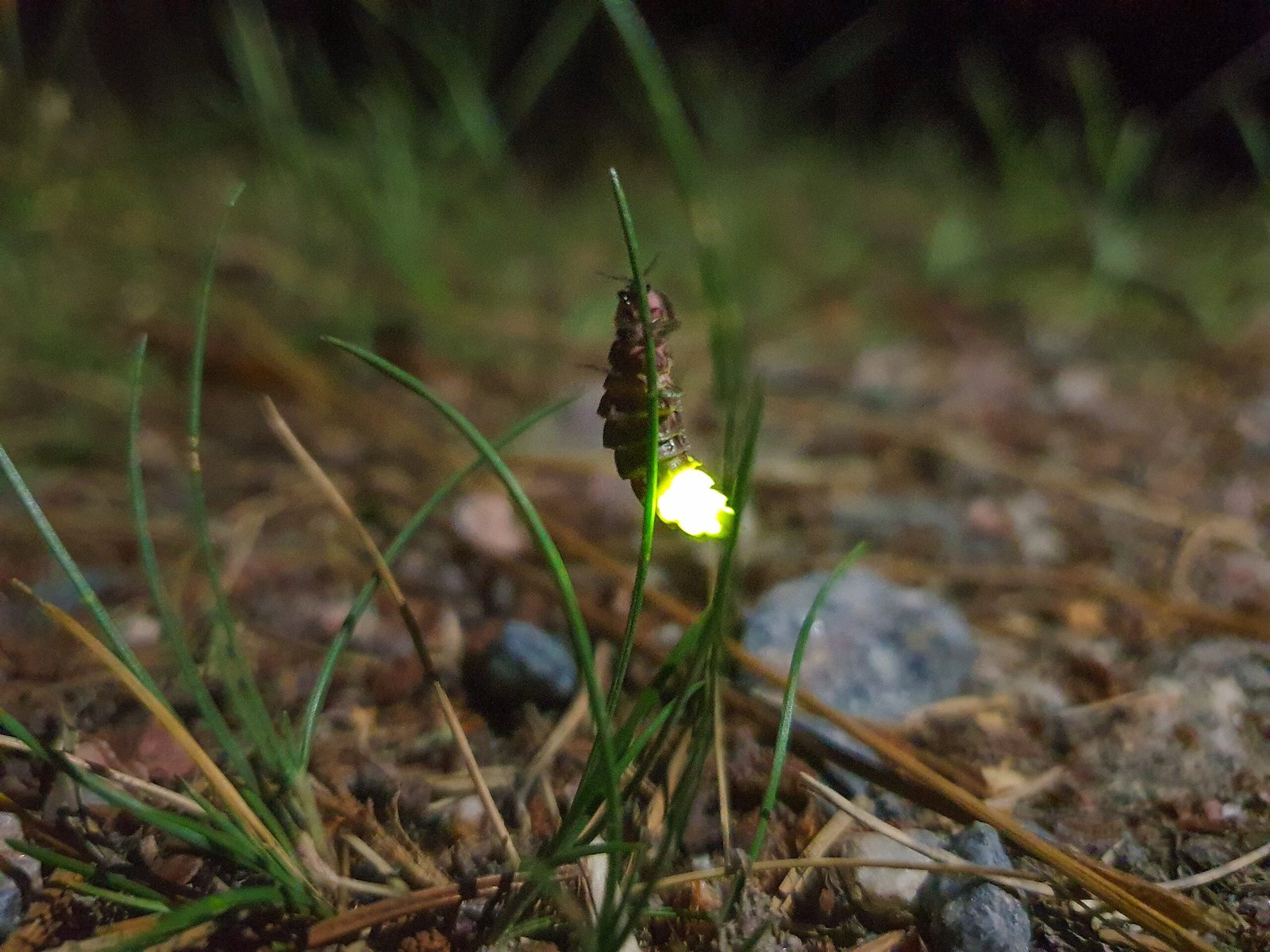
As we learn more about the genetics of bioluminescence, the possibilities seem endless. Scientists are exploring ways to use glowing genes to create new medicines, develop environmental sensors, and even light up our cities in sustainable ways. The deep sea remains one of the last frontiers, with countless glowing species yet to be discovered. Each new find adds another piece to the puzzle, bringing us closer to understanding how—and why—life learned to glow.


